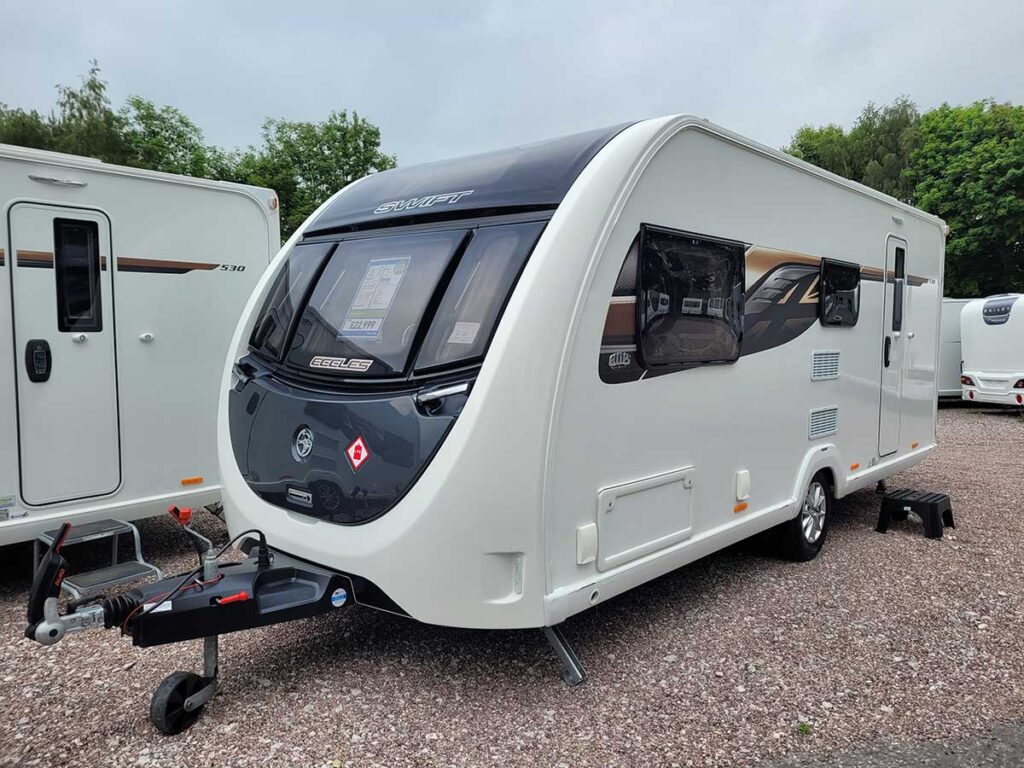Trying to figure out what your used motorhome is worth? You’re not alone! Valuing a pre-loved RV isn’t just about checking the odometer or glancing at the paint job. There’s a bit of detective work involved—from comparing listings to understanding current market trends and even factoring in cool upgrades you’ve added over the years.
Let’s break down how to get a realistic, competitive price for your motorhome—without getting overwhelmed.

Step 1: Check Age & Condition
First things first: how old is your motorhome, and how’s it holding up? Age definitely matters, but it’s not the whole story.
Here’s what to look at:
– Exterior: Any rust, dents, or faded paint?
– Interior: How’s the upholstery, flooring, and appliances? Any signs of leaks or weird smells?
– Mechanicals: Engine, transmission, brakes—are they running smoothly?
– Maintenance Records: Got a stack of receipts and service logs? That’s gold. A well-documented service history can actually boost your RV’s value.
For a Scotland-focused valuation, visit our site for more details and a no-obligation estimate.
Pro Tip: Recent repairs or high-quality upgrades can help offset depreciation. On the flip side, if you’ve skipped regular maintenance, expect it to hurt your asking price.
Step 2: Scope Out the Market
Before you set a price, you need to know what similar motorhomes are going for these days.
How to Do Your Homework:
– Browse Listings: Check out popular RV sales sites and local classifieds.
– Compare Apples to Apples: Focus on models close in age, mileage, features, and upgrades to yours.
– Note Regional Trends: Prices can swing a lot between different regions—demand in California isn’t always the same as in the Midwest.
– Watch for Seasonality: Prices tend to rise in spring and summer, and drop in winter.
Tools to Try:
– Online valuation calculators like NADA Guides or Kelley Blue Book
– Industry reports and forums
– Price tracking apps
Key Questions to Ask:
– Are similar RVs selling quickly, or lingering on the market?
– Are prices trending up or down in the last few months?
– What’s the typical price range for your make/model/year?
Step 3: Compare Recent Sales & Listings
It’s not enough to see what people are asking—you want to know what’s actually selling.
– Check Sold Listings: Sites like eBay Motors or RVTrader sometimes show completed sales.
– Monitor Asking Prices: See how your unit stacks up to what’s currently out there.
– Adjust for Features: If yours has extra bells and whistles, adjust upward; if it’s missing some, adjust down.
Quick Checklist:
– Same make/model/year?
– Similar mileage and condition?
– Comparable upgrades or modifications?
Step 4: Factor in Unique Features & Upgrades
Not all motorhomes are created equal! Have you added solar panels, upgraded the sound system, or redone the interior?
List out your upgrades, such as:
– Solar or lithium battery systems
– Custom cabinetry or luxury finishes
– New appliances or tech (satellite TV, WiFi boosters)
– Enhanced safety or towing features
Keep in mind: Some upgrades have universal appeal, while others might be niche. Have receipts handy to prove the value of big-ticket improvements.
Step 5: Don’t Ignore External Factors
Sometimes, the things you can’t control make a big difference.
– Regional Demand: RVs may sell for more in areas with lots of camping or outdoor recreation.
– Economic Climate: When the economy’s booming, people splurge on toys like motorhomes; during downturns, demand drops.
– Travel Trends: If road trips are “in,” your RV might fetch a premium.
Step 6: Get a Pro’s Opinion (and Use Valuation Tools)
Still not sure about your number? Bring in the experts!
– Professional Appraisers: They’ll do a detailed inspection and give you an unbiased value.
– Valuation Tools: Use multiple sources for a reality check—no single site has all the answers.
Why combine both? You get a well-rounded, data-backed estimate. This is especially helpful if you’re selling, trading in, or insuring your RV.
Quick Recap: Your RV Valuation Game Plan
Assess age and condition inside and out
- Research current market trends and prices
- Compare recent sales and similar listings
- Highlight unique upgrades and features
- Consider outside influences (region, economy, trends)
- Consult pros and valuation tools for a reality check
Bottom Line:
Valuing your used motorhome isn’t rocket science, but it does take a little homework. Mix solid research, honest assessment, and a dash of expert input, and you’ll land on a price that’s fair, competitive, and attractive to buyers. Happy selling—and safe travels!
